ARCHAEOLOGICAL DISCOVERIES
Added on: 4th Jan 2016
ASHURBANIPAL'S LIBRARY

One of the best discoveries in human history, Ashurbanipal’s library
at Nineveh (modern-day Mosul, Iraq) was a centre for learning.
King Ashurbanipal ordered the collection of all written works in
Mesopotamia, ending up with a library boasting over 30,000
inscribed clay tablets. The discovery revolutionized our
understanding of multiple societies including the Assyrians,
Sumerians, Akkadians, and Babylonians. (Nineveh may even be
the location of the Hanging Gardens of Babylon.)
ĦAĠAR QIM

An enormous temple complex found on Malta (an island between Italy
and Tunisia in the Mediterranean Sea), Ħaġar Qim is one of the
oldest religious sites on Earth. Demonstrating the ancients’ intricate
knowledge of the heavens, during sunrise on the Summer Solstice
a small ray of light passes through an elliptical hole in the
stone to illuminate a slab in the chamber.
OLMEC COLOSSAL HEADS
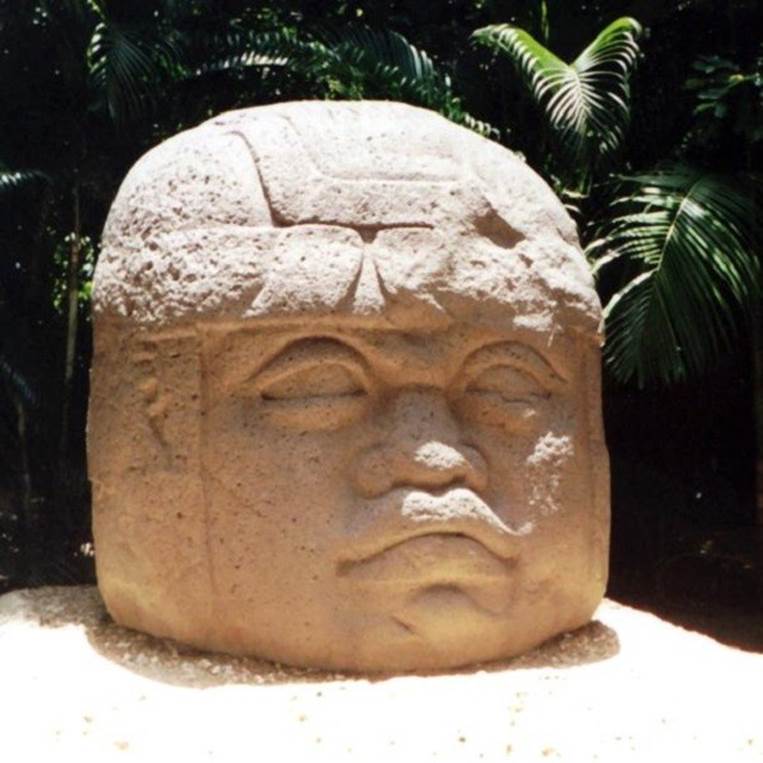
The Olmec colossal heads are some of the most unique archaeological
discoveries yet found. Massive carved boulders, these heads which
likely represented local rulers are up to 11.2ft (3.4) tall and weigh
up to 50 tons – that’s eight adult elephants! The heads are carved
with flat noses, fleshy cheeks, and adorned with individualized
headdresses. Such markings may reinforce their roles as leaders
of the Olmec people who lived in Mexico’s south eastern part
up to 3,000 years ago.
TERRA COTTA WARRIORS
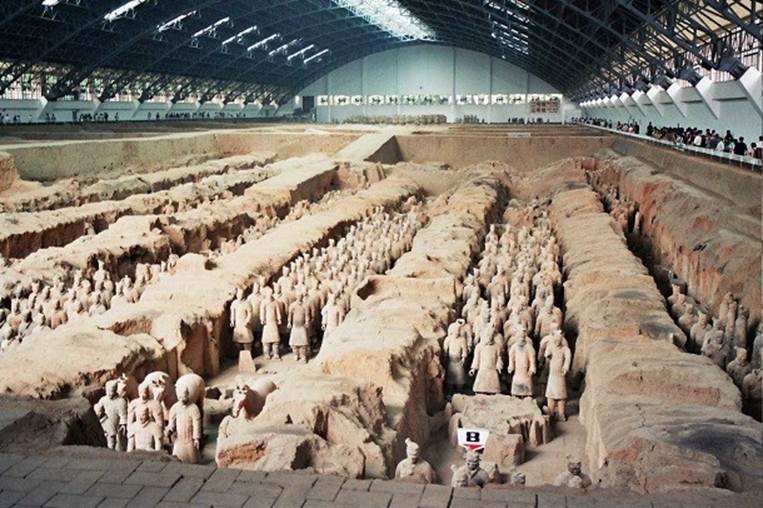
Protecting the tomb of China’s first emperor, the Terra Cotta Army is
one of the best known archaeological discoveries of all time.
Much as the Ancient Egyptians wanted to set their dead Pharaohs
up for a successful afterlife, Emperor Qin Shi was surrounded by
thousands of clay soldiers, each sporting individual facial expressions
and designs. Though excavations at the site are on hold, the
tomb of Qin Shi has yet to be found. Up to 8,000 clay soldiers, horses,
chariots, dancers, and musicians have been found around the site.
SUBTERRANEAN CITY IN CENTRAL TURKEY

One of the most thrilling recent discoveries in archaeology is a
subterranean city complex in Cappadocia, central Turkey. Likely able
to house well-over 20,000 people, initial excavations have found a
massive underground city complete with water channels, air shafts,
wineries, chapels, kitchens, bedrooms and more. Still under exploration,
this tunnelled city helped its inhabitants escape from danger on the
surface level. Initial findings estimate the massive spaces could go
down to 371ft (113m), spaces tourists may be able to visit once
the Anatolian government opens them to tourism.
TOMB OF SUNKEN SKULLS
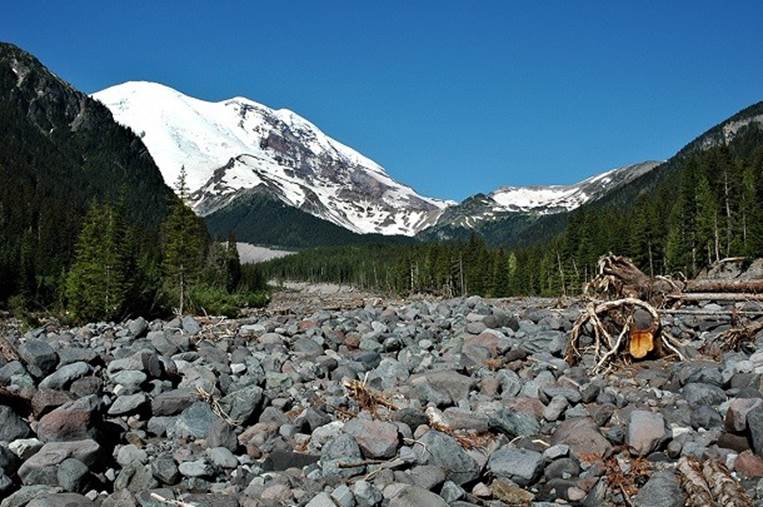
Archaeologists are still investigating what could be the purpose
of an area in southwestern Sweden assumed to be a secondary
burial ground. Found in a dried-up lake bed, the Tomb of the
Sunken Skulls (as it is informally known) is a collection of 11 buried
skulls, two of which had stakes through their craniums – the only
examples of such a practice during the Mesolithic era. The current
hypothesis is that the nomadic hunter-gatherers of the area used the
bed as a secondary grave once the dead bodies decomposed.
(Another is that the skulls were from their enemies, brought
back on stakes as a sign of victory.)
SACSAYHUAMAN
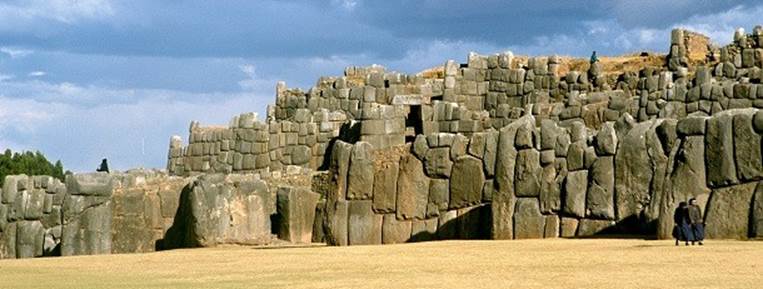
A fine example of the skill of the Incan Empire, Sacsayhuaman is
Quechua for “satisfied falcon”. Taking over 70 years and 20,000
men to build, the massive citadel is a renowned archaeological
discovery due to its design: each stone fits together without any
mortar or binding devices. The stones were cut so perfectly not even
a piece of paper can fit between them, even after hundreds of years.
POMPEII
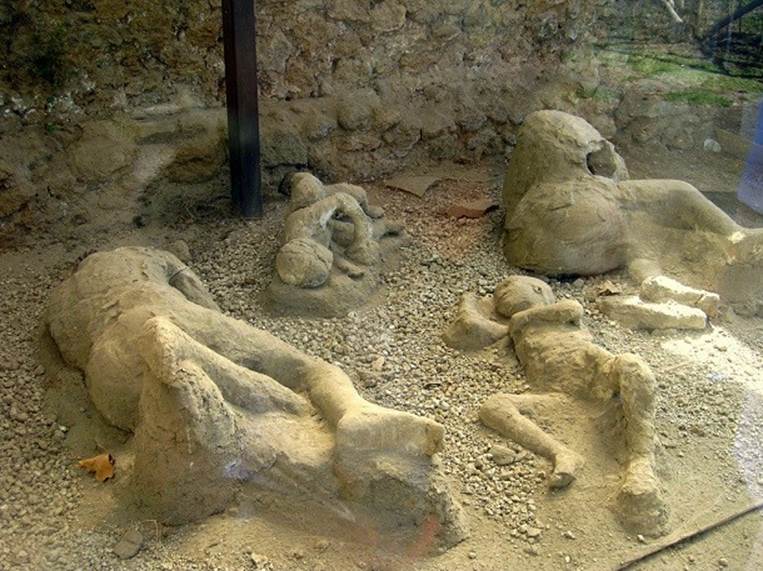
One of the better known archaeological discoveries on our list,
Pompeii was an ancient Roman city located below the still-active
volcano Mt. Vesuvius. Buried under millions of tons of ash, Pompeii
and its residents and their possessions were magnificently preserved
by the material. Found by archaeologists in 1748, the discovery
sparked a renewed interest in ancient history. (Fun Fact: About
20,000 people lived in Pompeii at the time of Vesuvius’ famous
eruption and had plenty of time to escape.)
GOBEKLI TEPE
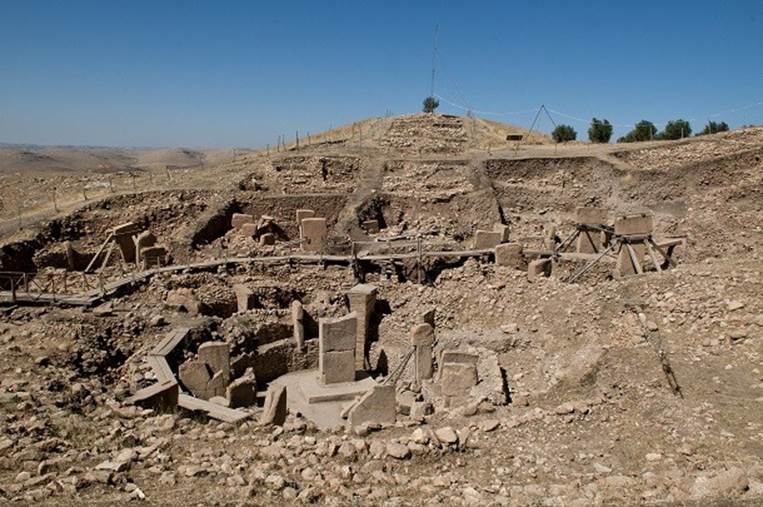
Often referred to as the first temple in the world, Gobekli Tepe is a
magnificent archaeological discovery. Built 6,000 years before
Stonehenge, the area was initially dismissed as an irrelevant cemetery.
German archaeologist Klaus Schmidt thought otherwise and quickly
uncovered what he believed to be the world’s first purpose-built
“cathedral on a hill”. Scientists are still unearthing the area and
learning about the people who lived there 11,000 years ago.

Comment on this